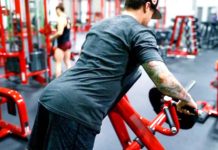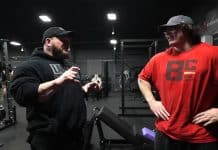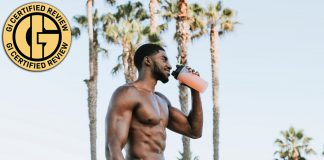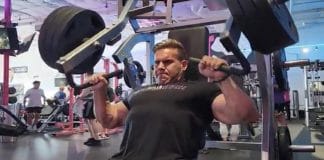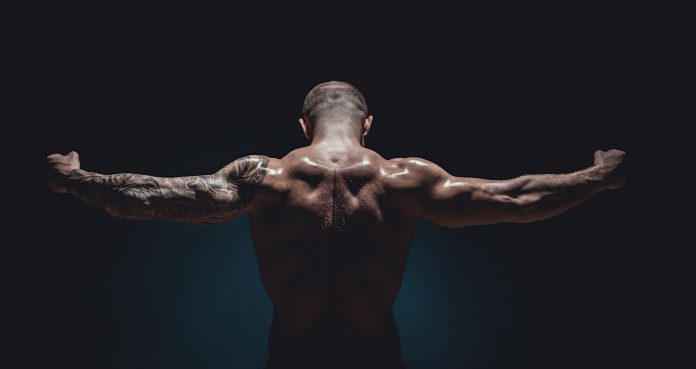
3 Ways to Feel Your Back
Back training is plagued with people not actually training their back. Sounds counter intuitive, I know. Rows, pulldowns, and pull ups are supposed to grow giant backs, but if you feel nothing but your arms, that’s a problem.
Many people would tell you to simply think about your back more, but this is pointless or even counterintuitive advice. You want your natural mechanics to stimulate your back, not being forced to think about a muscle you can’t even see every set.
Mind muscle connection research shows that this can reduce the load performance as well. So here are 3 better ways to feel your back and thus start growing it like a champ.
Fix Your Pulling Mechanics
Your arms inevitably have to be involved in many common back exercises. They’re supposed to experience some growth during rows, pull ups, and pulldowns. That’s not the issue, so the goal isn’t less arms, but more back.
Here’s how:
- Pull with your elbows. Whether it’s a horizontal movement like a row or a vertical movement like a pulldown, your intent is to pull with your elbows not your hand. Your elbow is the main lever that’s closer to your back and will help shorten that muscle. Your hand is simply a secure hook to attach load so the lever has resistance. Your hand is essentially a necessary evil to increase force production which is fine as long as you pull with your elbow. For rows, think about initiating with your elbow and driving it back. For pull ups (and pulldowns), think about driving your elbows towards your hips. Doing this alone may even improve your pull up technique and increase the range of motion.
- Don’t lock your scaps. I don’t know how this advice has infected our industry for so long, but pulling exercises are the last exercises you want to lockdown your shoulder blades. Your shoulder blades are a cornerstone to pulling mechanics and help contract key back muscles. If you lock those down, you lose their force output which forces the arms to do more work. There’s literally no benefit to locking down your scaps no matter what people regurgitate about the stability benefits. Let the scaps move naturally and roam free.
- Reach and arch with your pull. Training through a full range motion increases the stretch and shortening of a muscle. This allows mechanical tension to be applied more across a muscle’s length. With back training, many people miss out on this. The back can continue to stretch as you reach further with your rows and pulldowns. This causes some back rounding which is ok. For pullups, you stretch further by sinking your body down and letting your shoulders and scaps rise as high as they can at the bottom of the rep. On the opposite end of the spectrum, you get the muscle further shortened by arching at the end of a row/pulldown or at the top of a pull up.
Use Straps
The mantra that straps are for wimps will be internalized at your detriment. Many people think harder is better. Sure lifting strapless is harder, but it makes it harder for your forearms not to mention compromising the load your back can handle.
This is problematic because your mechanics might be good, but you may not be feeling your back simply because it’s not forced to do any work.
To recruit more muscle fibers especially those valuable fast twitch fibers, you have to push towards failure. In this context, I’m not talking about merely failing the movement, but I’m talking about the specific muscle giving out.
During an upper body day, your forearms are used in everything from curls, presses, and lateral raises. Add in your back work and your forearms are exhausted. You might fail the movement thinking your back is trained, but really your forearms let you down and can no longer manage the load.
While this happens, your back is kicking back drinking a margarita because it barely had to work.
So straps allow lifters to rest their forearms thus allowing the stress to funnel towards those back muscles. This will get you not only feeling your back, but allow you to push towards failure to get some serious growth going.
We recommend using weightlifting straps for professional grip assistance. The same principle applies.
 Go Lighter
Go Lighter
The back just like any other muscle. It can grow from a variety of rep ranges, but certain exercises don’t lend themselves great to heavy loading, especially for the goal of hypertrophy.
Ever do a really heavy sumo deadlift, barbell bench press, or bent over barbell row? Yeah these exercises feel hard, but doing them heavy simply feels hard overall, not on the local muscle.
Heavier loads apply more force on other structures like your joints and connective tissues. This requires more stabilization from your core and other muscles. Any deviation in form is met with more stabilization because of the high load.
In the case of a barbell row, your hamstrings, low back, and core are stabilizing the load. Even if you use straps, a heavy row under 5 reps won’t get your back that pumped feeling you desire.
So while heavy is cool when your gym crush walks by, it’s not always conducive towards your goals.
To feel your back, it’s important to go lighter. I’m talking 8-12 or even 12-20 rep range. Tell me by the time you reach a 20-rep failure set that you don’t feel your back more. It’ll be lit like a Christmas tree. Ok, not the best metaphor, but you get the idea.
 Don’t Overthink Back Training
Don’t Overthink Back Training
Literally speaking, don’t overthink feeling your back. It’s not necessarily a brain thing. It’s a matter of environment. Set up your execution properly, use straps to aid those limiting forearms, and provide an appropriate load (lighter load).
Do the following and you’ll feel your back without even trying. That should be the goal of good back training.


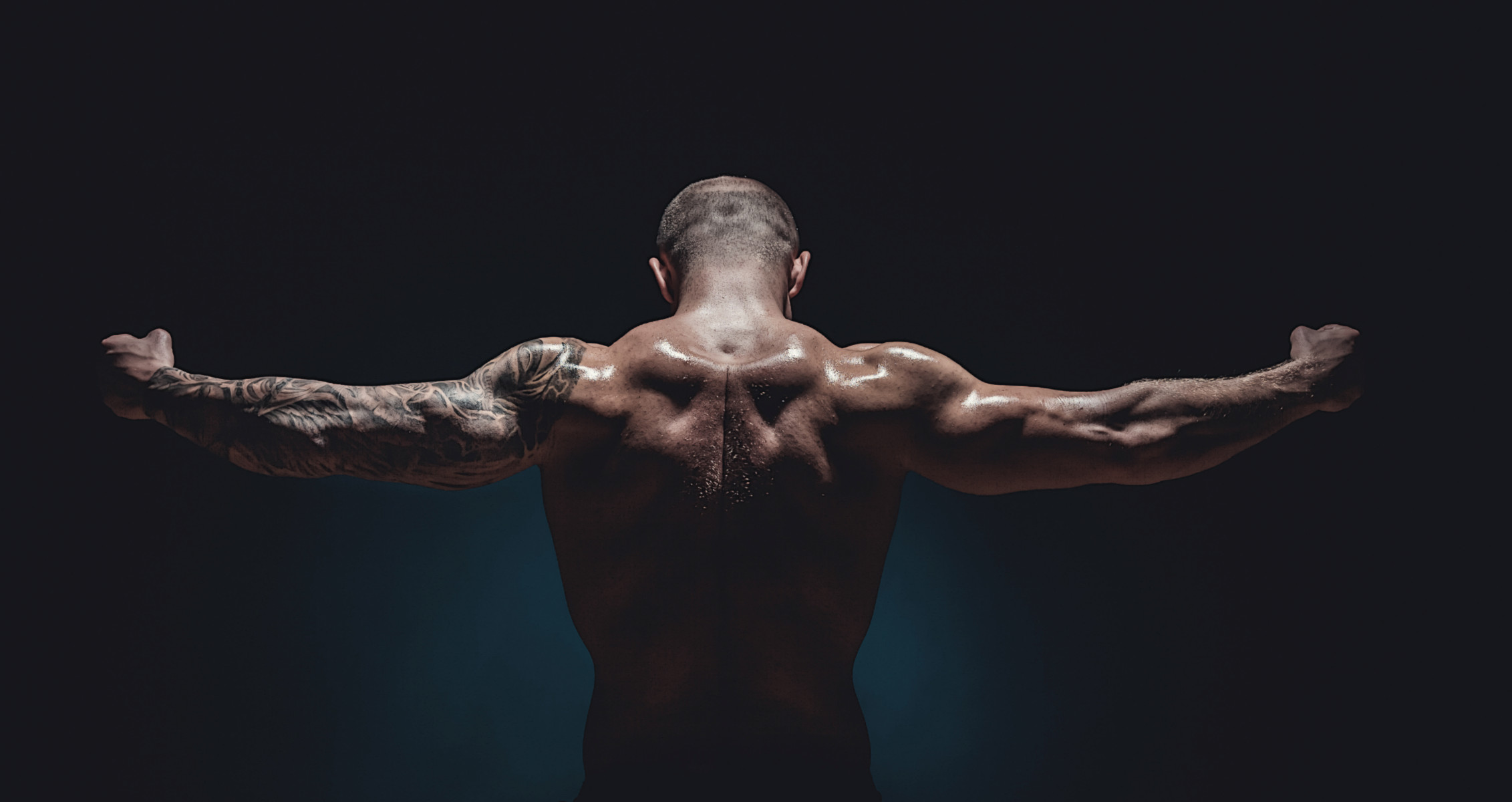 Go Lighter
Go Lighter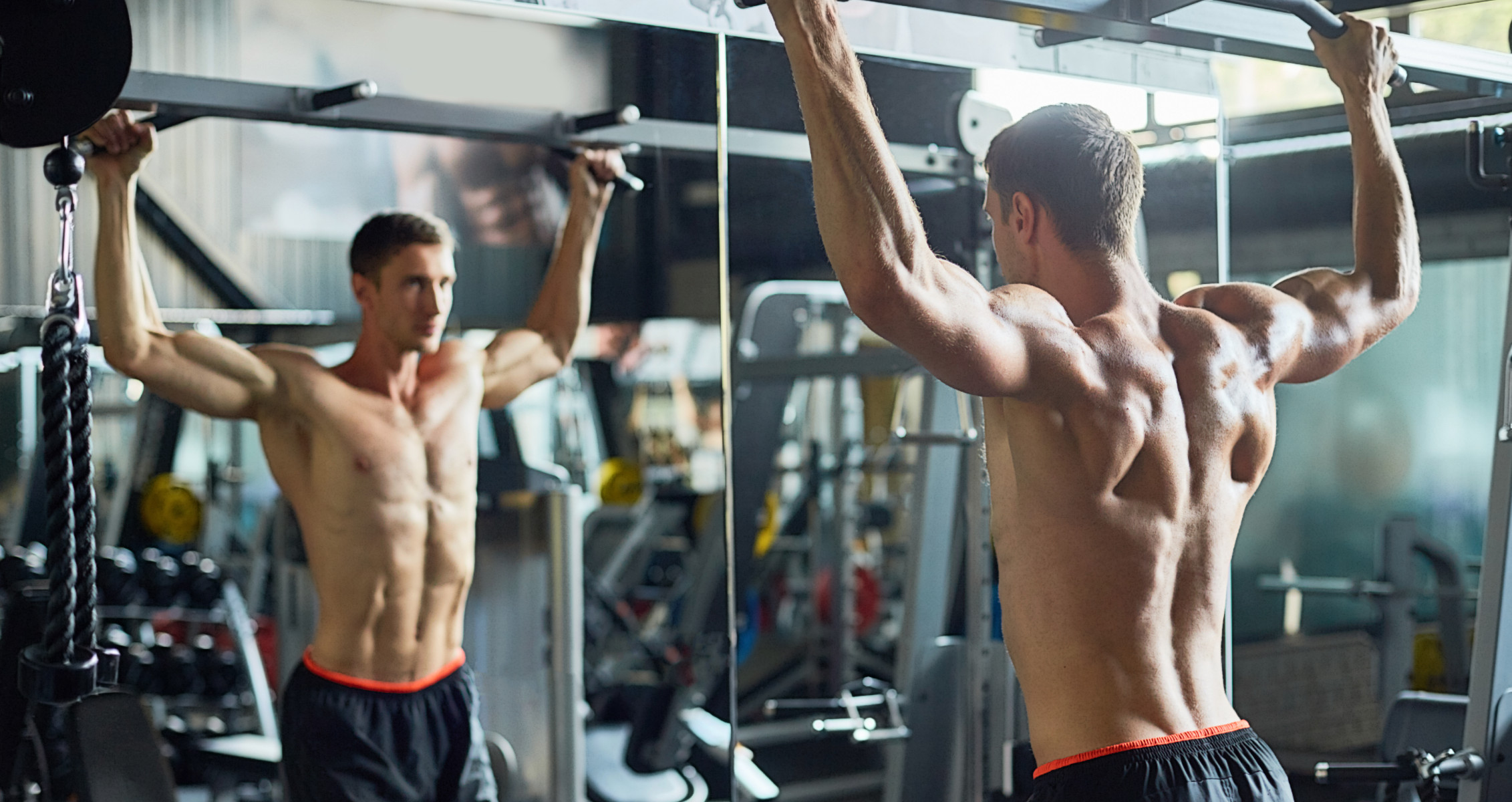 Don’t Overthink Back Training
Don’t Overthink Back Training
